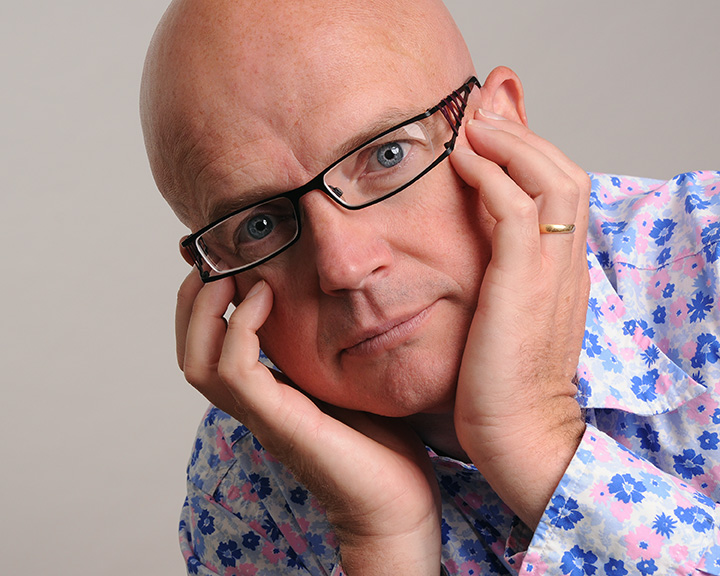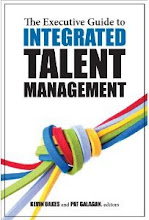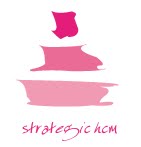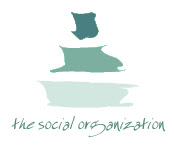Darren Childs, CEO of UKTV at the Economist Talent Management Summit 2014
Well due to the French air traffic control strikes I missed the sessions I really wanted to see but we've had a couple of good sessions on diversity (Jean Marting arguing that businesses needing to progress people from unusual sources and a panel providing lots of examples about this not happening.)
And now we've got Darren Childs, CEO of UKTV talking about corporate culture. He spends half his time on this as it's the biggest indicator of success. His view is that any company that focuses on building a command and
control structure rather than engaging staff will be out of business
within the next ten years.
When did you last put yourself on the line - being prepared to jeopardise your own position for the good of the position of your people and your company.
Leaders need to be prepared to be judged.
Eg participating (unofficially) in the Sunday Times Best Employers survey - asking employees about whether Darren is an inspirational leader.
Results suggested that the business wouldn't be able to reach it's potential, or even stay in business there was so much destruction going on.
So he started speed dating the whole company.
In just two years they've increased from 24% to 81% of employees now agree the company is led based on strong values.
And in 2013 and 14 they won the Best Companies award.
Their business is about creating culture so they ned a culture in which people can create - an ideas culture in which people are motivated to come forward with ideas. And that people can develop their potential without a fear of rejection. Their mantra is 'imagine more'.
They've been doing some interesting things with workplace design - eg their 'Eden' room is fitted out with park benches. And they have big kitchens where they can talk to all of their staff about what's important.
They have a behaviour about generating ideas linked to their values and they recognise this - staff make a short video about people they want to nominate which are aired in front of the whole company.
There are smaller programmes too eg any manager can give any emploee a chocolate bar containing a small gift eg a lie in the next day or they can go home early on a Friday afternoon or get a whole duvet day.
The second essential step is bringing these ideas to life. They have an innovation pot and anyone including the cleaners can apply for money to bring their ideas alive.
Most important is a culture that is supportive not cynical. This is his biggest role as CEO. His measure is that people will tell him they are doing their best work in their careers. His role is faciltator not conductor. Other people take centre stage - he builds the stage for them.
When he interviews staff about two thirds of the time is spent on their alignment to the company's values and culture.
They also support staff in things like surfing lessons if this will support their potential. And they support work in the community.
He doesn't mind skeptics but he actively manages cynics out of the company. Eg the people who don't turn up for their meetings in the over sized kitchens.
- Consulting - Research - Speaking - Training - Writing
- Strategy - Talent - Engagement - Change and OD
- Contact me to create more value for your business
- jon [dot] ingham [at] strategic [dash] hcm [dot] com































